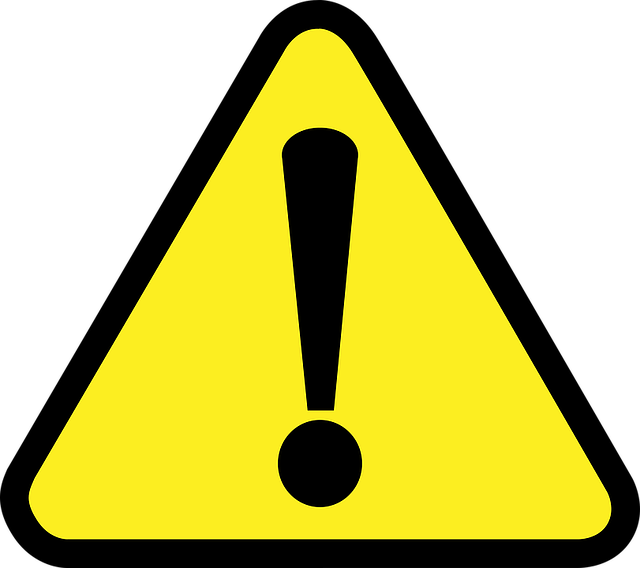Caution signs are the unsung heroes of safety. These reminders that something dangerous is ahead are subtle but vital. Whether one is at work, in a public place, or even at home, caution signs play an important role in preventing accidents and injury. But what qualities make caution signs effective? How can they be put into practice?
The Significance of Effective Communication
A caution sign is only as good as its message. The text on the sign should be precise, concise, and easily understandable. Don’t use jargon or technical terms that might confuse people. Clear language, together with plain graphics can significantly improve the effectiveness of a caution sign. Moreover, it must have a visually appealing design that stands out from its surroundings.
Proper Placement Matters
While content remains key to a caution sign’s success, how and where it appears are equally vital. Ensure your caution sign is placed where it will be most seen and understood. For instance, a notice indicating wet floors should be located at the entrance leading to such areas. It should be visible when looked at straight horizontally and not obscured by anything else, aside from being at eye level for all occupants of the building to see clearly through glass facades inside any room. At the same time, consider the lighting conditions within an area; even under dim light, this warning should still stand out.
Consistency is Essential
It is important that caution signs remain consistent throughout different uses. Having similar designs around facilities makes them easier for everyone to recognize and understand quickly, helping to protect themselves against any danger posed around them at all times. This consistency can promote safety consciousness among various employees while also ensuring the materials remain effective over time. Consistency in design can create a visual language that enhances safety awareness when maintained over long periods. It is also crucial for employees to be aware of alternative signs available and to feel comfortable using them, especially when the current ones might not be suitable.
Training Employees and Raising Awareness
While caution signs are important, they cannot replace the need for employee training. Employees should be made aware of potential hazards in the workplace and understand the meaning behind different caution signs.
Regular safety trainings can remind workers why these signs have become integral to workplace culture, helping them develop good working habits. Encouraging everyone to report missing or damaged signs can make the workplace safer and keep staff motivated. This also highlights to employers the seriousness of the situation, prompting them to address issues promptly.
Continuous Evaluation and Improvement
Regular assessment of caution signs is crucial. Are employees following the warnings? Do accidents still occur in areas with warning signs? Feedback from staff can provide valuable insights into areas where sign systems are both strong and weak. Such observations can then be used to improve overall safety programs, drawing on lessons from recent incidents where adjustments were necessary.
Although some changes may be implemented over short periods, they are essential to prevent gradual deterioration and ensure safety remains a priority.
By understanding and applying these principles, organizations can develop a safer environment for all. Remember, caution signs are not just pieces of metal or plastic; they are lifesaving tools.
Help keep news FREE for our readers
Supporting your local community newspaper/online news outlet is crucial now more than ever. If you believe in independent journalism, then consider making a valuable contribution by making a one-time or monthly donation. We operate in rural areas where providing unbiased news can be challenging. Read More About Supporting The West Wales Chronicle
























